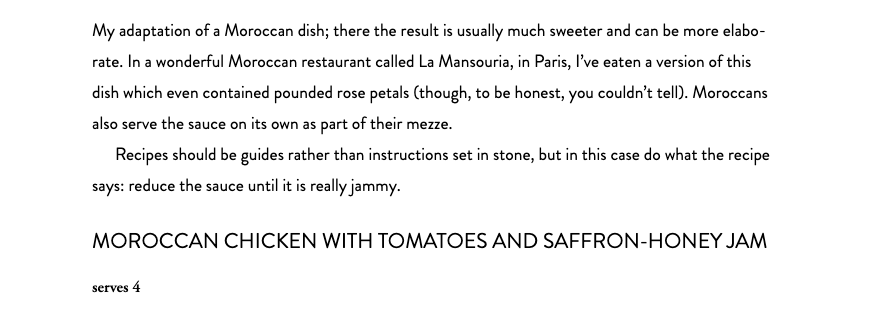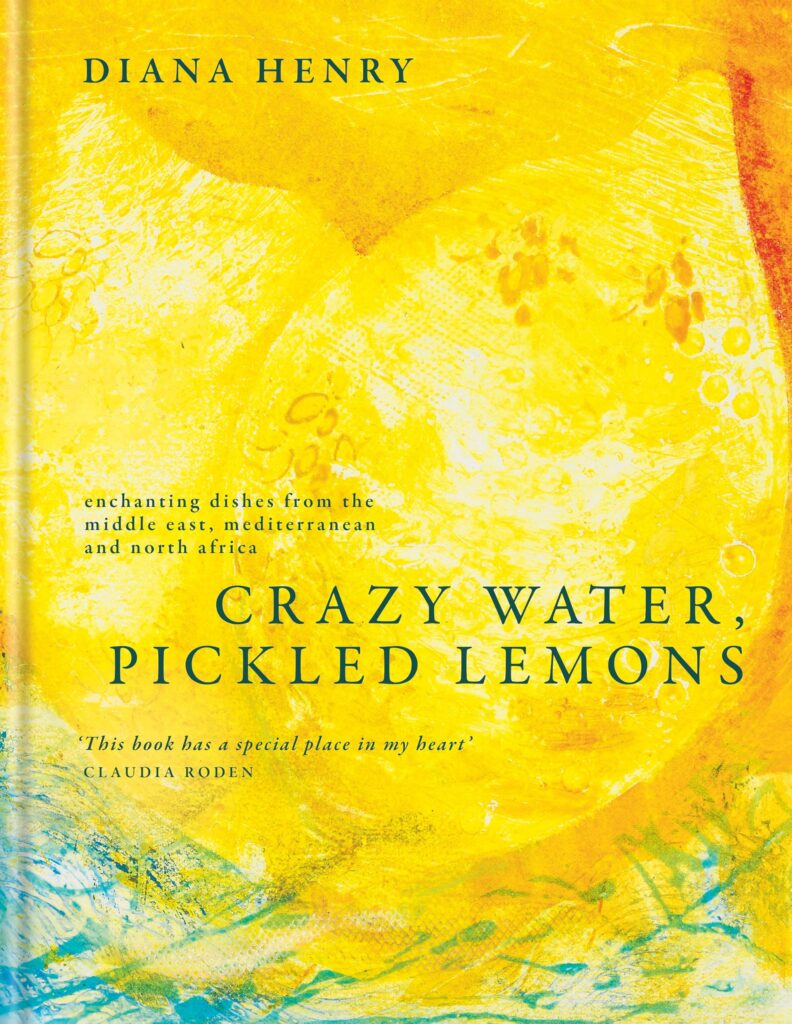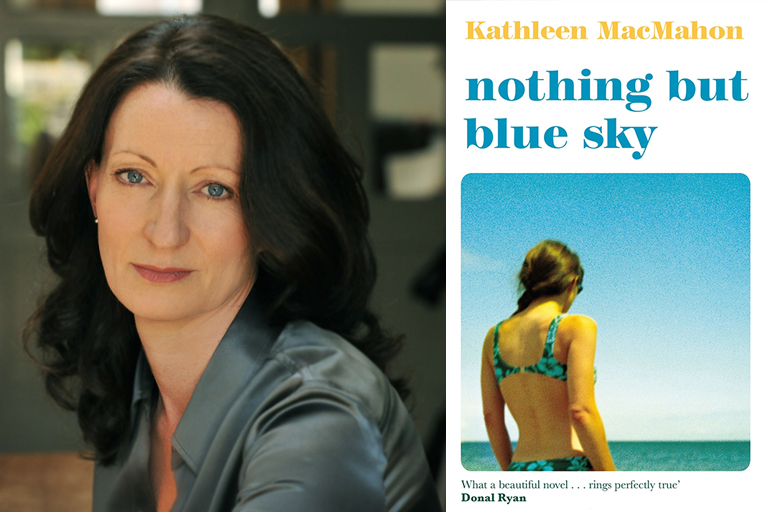Each genre of non-fiction has their own unique opportunities and challenges. Food writing requires a balance of your own voice versus the factual information readers need to follow a recipe. Look at any cookbook on your shelf at home to understand the author’s particular style. Author and food writer Diana Henry shares her advice on combining the instructional and the lyrical in food writing for the most elegant result.
Written by Diana Henry
If you are writing something that is instructional – a recipe – you will probably have to write as your magazine editor or publisher wants you to. There is a ‘house style’ for this kind of thing. Some places want you to make the fridge into ‘a refrigerator’, for example. They will also have an opinion on whether you can say ‘a handful’ or whether you have to be specific with quantities. Few allow you to do your own thing. Nigel Slater, luckily for him, writes his recipes in quite a loose way. Sometimes he even has the freedom not to order a recipe into the traditional shape (i.e. a list of ingredients and then the method) he puts it in running copy, as if he was having a conversation with you.
At first, I found having to write according to someone else’s rules very annoying. But I could see how readers, especially those with little confidence or experience as a cook, would benefit more from the ‘clear instructions’ approach. They possibly won’t know what a ‘handful of parsley’ would look like. Even though the method has to be clear, it doesn’t have to be robotic. Telling your reader how to make something gives you every chance to engage with them, to emphasise a cooking point or give a warning. My recipe writing is plain, and I always imagine myself talking to my reader in their kitchen. You must think of what little extras they might find useful. You need to talk to your reader as if you are beside them, without making things too wordy. The flip side of explaining everything is that you can’t include everything. If a recipe looks very long, it can be off-putting. The reader might choose to make another recipe. It’s better to keep the writing as tight as possible, than run what could have been a one-page recipe onto two pages. You always have to look for a balance.

Headnote from Crazy Water, Pickled Lemons
The headnotes, the introduction to each recipe, are where you can be free, especially if you’re writing your own book. It’s where you can make observations about the texture of an aubergine, for example, or what it reminded you of when you saw it for the first time. This can be personal and lyrical; it can also be humorous. If you accept that part of what you write are recipes – and that they have to be done in a certain way – you can let yourself go, if that’s what you want, in the rest of the book. If you’re writing essays within a cookbook, they can be whatever you want them to be, bits of memoir or travel writing, quotations from other writers, rhymes and sayings. It sounds obvious but you must have something to say, whatever you’re writing. Plenty of cookbooks are quite bland and exclusively recipe-focussed, but I want to take my readers to places. I think a lot about detail, what I really notice, in places and in particular foods. A sincere voice is essential. You can see what I call ‘pirouetting writing’, someone writing so they can sound like a writer, everywhere. I want sincere voices.

Diana Henry’s latest book Crazy Water, Pickled Lemons: Enchanting Dishes from the Middle East, Mediterranean and North Africa is available now.








